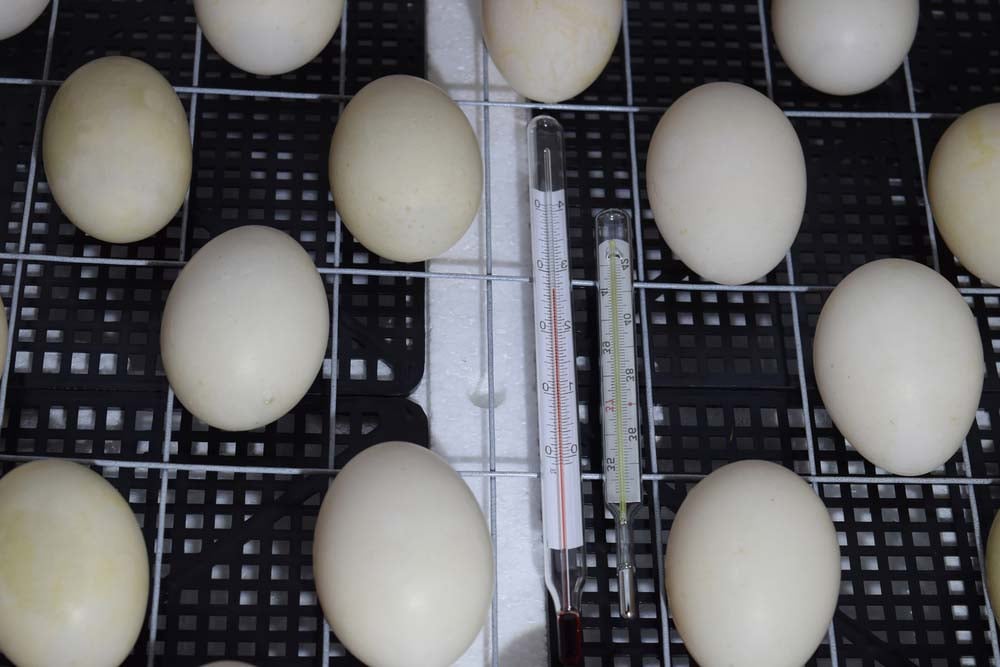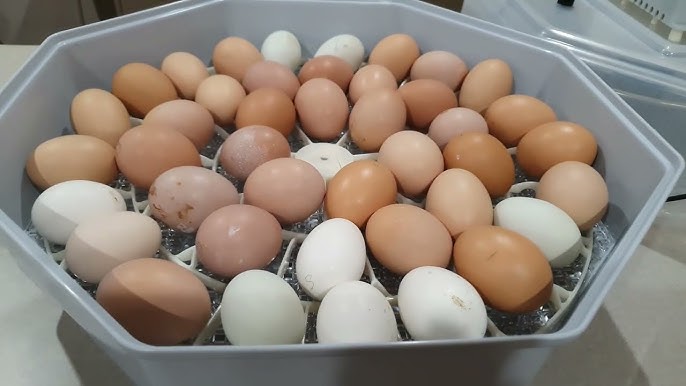For many poultry enthusiasts and chicken lovers, the excitement of incubating eggs and watching them hatch is unparalleled. However, encountering low hatch rates can be disappointing and perplexing. Understanding the causes of low hatch rates and learning how to troubleshoot them is essential for ensuring a successful hatching process.

Understanding Low Hatch Rates
Low hatch rates can occur due to a variety of factors ranging from improper incubation techniques to environmental conditions. By identifying the root causes, you can take proactive steps to improve your hatch rates and ensure the arrival of healthy chicks.
Common Causes of Low Hatch Rates
Poor Egg Quality
One of the primary reasons for low hatch rates is the quality of the eggs being incubated. Eggs that are too old, cracked, or improperly stored before incubation can lead to unsuccessful hatching. Ensure that eggs are fresh, clean, and without any visible defects.
Inadequate Incubator Conditions
Maintaining optimal conditions within the incubator is crucial. Factors such as temperature, humidity, and ventilation play a significant role in the development of the embryo. Refer to our guide on maintaining humidity for detailed instructions.
Improper Egg Turning
Eggs must be turned regularly during incubation to ensure even heat distribution and prevent the embryo from sticking to the shell. Automated incubators can help, but manual turning, as described in our guide on candling eggs, is also effective.
External Influences
External factors such as handling, transportation, and exposure to extreme temperatures can also impact hatch rates. Minimizing stress and ensuring careful handling can mitigate these effects.
Optimizing Incubation Conditions
Temperature Control
Maintaining a consistent temperature is vital for successful incubation. Ensure your incubator is set to the recommended temperature and regularly check for fluctuations.
Humidity Management
Humidity levels must be monitored closely, as they affect the moisture content of the eggs. Learn more about managing humidity in our article on humidity management.
Ventilation
Proper ventilation ensures a steady supply of fresh air and the removal of carbon dioxide. Ensure your incubator has adequate airflow without compromising temperature or humidity.
Choosing the Right Eggs
Egg Selection
Selecting the right eggs for incubation is crucial. Choose eggs from healthy, well-nourished hens to increase the likelihood of successful hatching. For more details, visit our egg storage guide.
Egg Storage
Proper storage of eggs before incubation can significantly impact hatch rates. Store eggs at an angle and in a cool, consistent environment to preserve their viability.
Monitoring the Incubation Process
Regular Checks
Conduct regular checks during incubation to ensure all conditions are optimal. This includes monitoring temperature, humidity, and egg position.
Candling Eggs
Candling eggs allows you to monitor embryo development and identify any issues early on. Refer to our detailed guide on candling techniques.
Post-Hatch Care
Immediate Attention
Once chicks hatch, immediate care is essential. Provide a warm, safe environment and ensure access to water and appropriate feed. Visit our chick care guide for more information.
Troubleshooting Tips and Tricks
Identify Patterns
Track patterns in your hatching process to identify potential issues. Record details such as temperature, humidity, and hatch rates to make informed adjustments.
Seek Expert Advice
Consult with experienced poultry keepers or reference reputable sources, such as the Purina Mills guide, for additional insights.
Conclusion
Troubleshooting low hatch rates requires a thorough understanding of the incubation process and attention to detail. By addressing common issues and optimizing conditions, you can significantly improve your chances of a successful hatch. Remember, patience and persistence are key in the journey to raising healthy chicks.

FAQs
What is the ideal temperature for incubating eggs?
The ideal temperature for incubating chicken eggs is approximately 99.5F (37.5C).
How often should eggs be turned during incubation?
Eggs should be turned at least three times a day to ensure even heat distribution.
Why is humidity important during incubation?
Humidity is crucial as it affects the moisture content of the eggs and helps prevent the embryos from drying out.
This article contains affiliate links. We may earn a commission at no extra cost to you.











